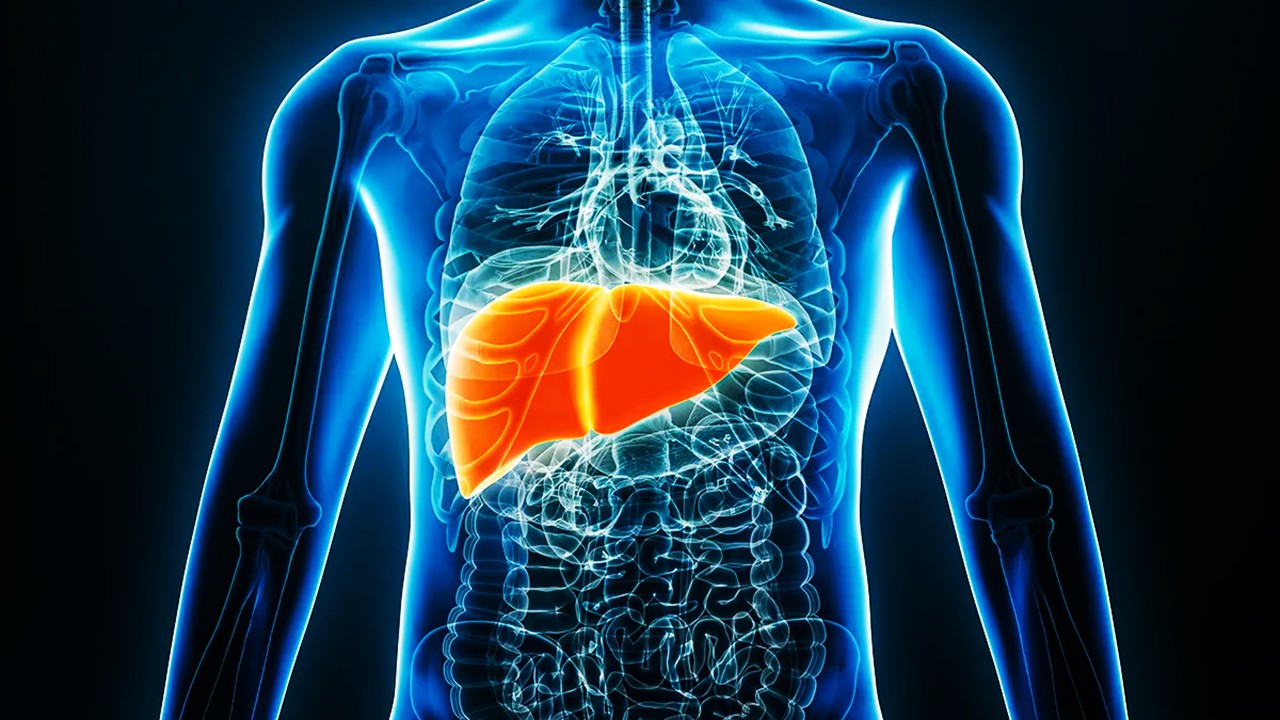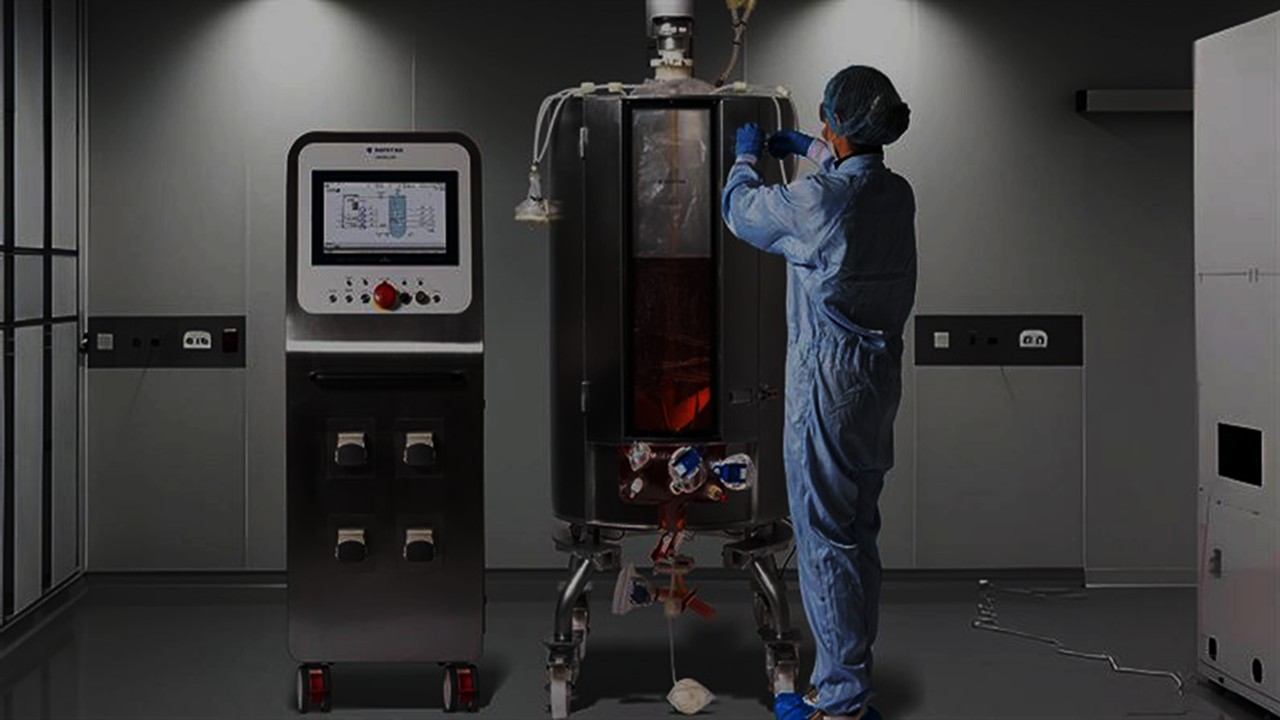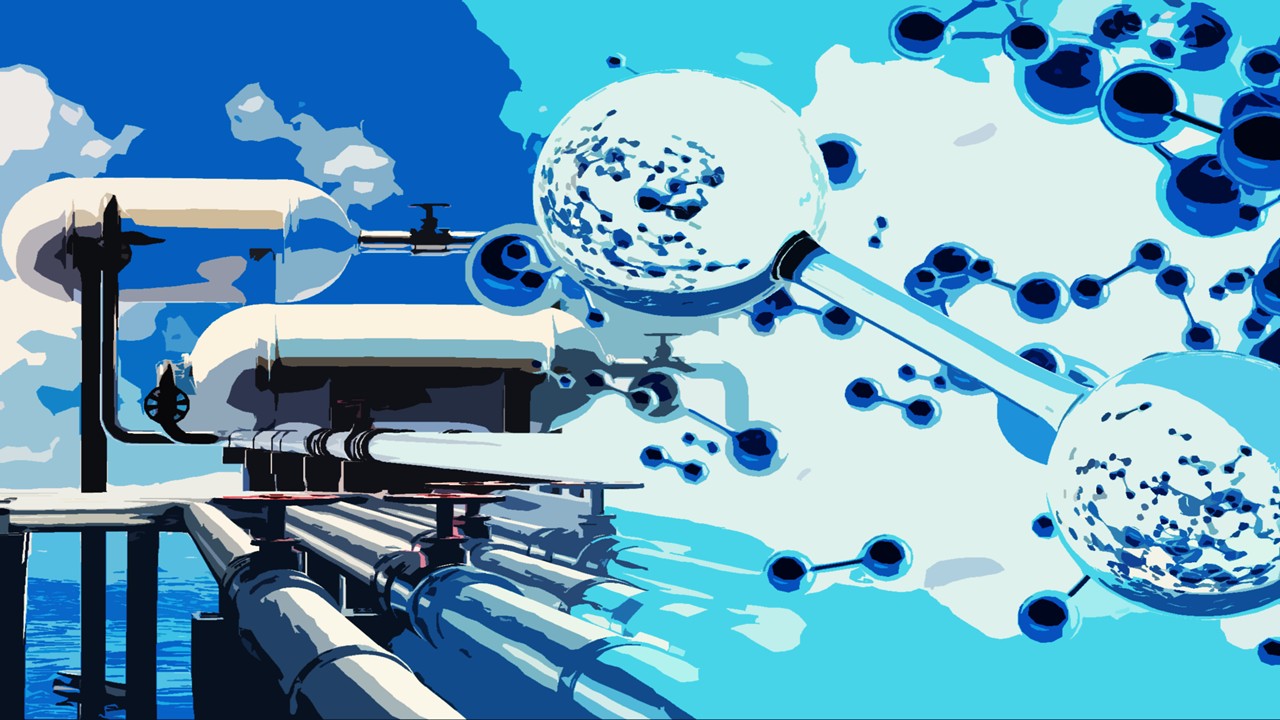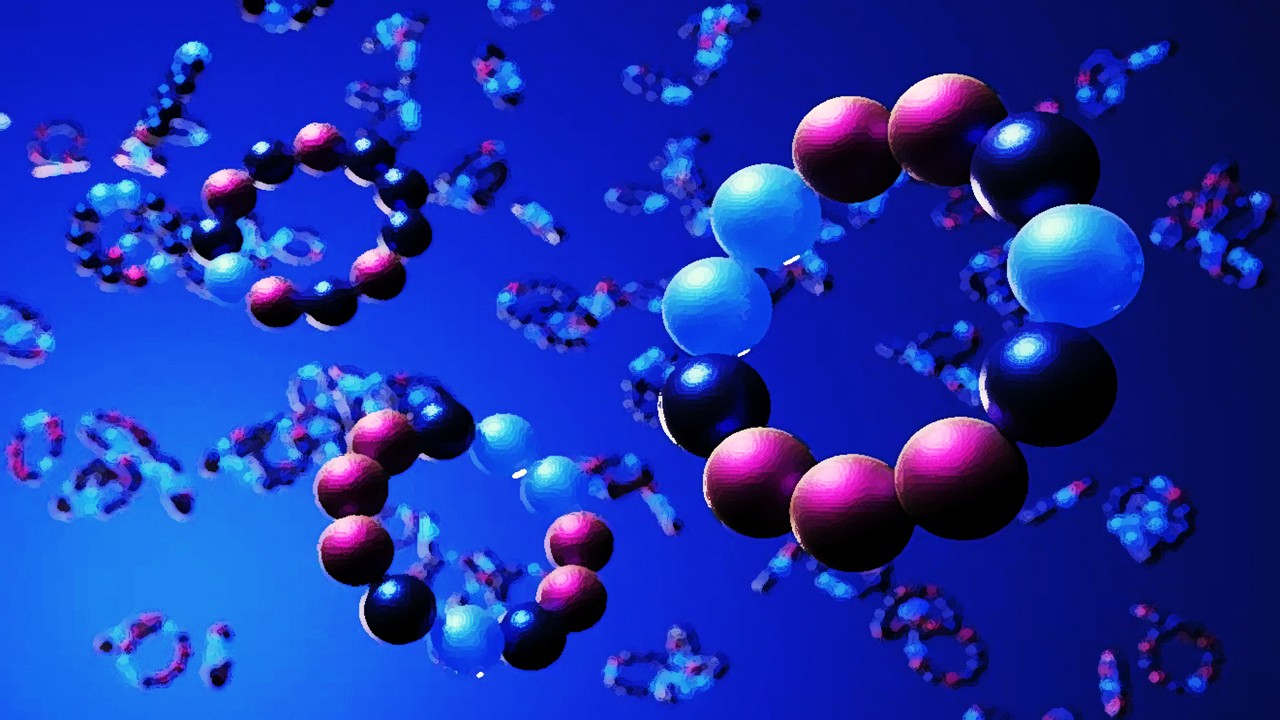A New Layer in Cytokine Control: Beyond Transcriptional Regulation
In the biological lexicon of immunity, interferon-β (IFN-β) holds an exalted status—an alarm molecule summoning the full orchestration of innate antiviral defenses. Traditionally, its regulation has been attributed to transcription factors and upstream pattern-recognition receptors, creating an impression of complete mechanistic clarity. However, that perception is now thoroughly revised by an unanticipated post-transcriptional circuit involving SP140 and a newly characterized protein called RESIST. This revelation casts SP140, a speckled nuclear body protein, not merely as a transcriptional brake, but as a molecular governor of mRNA lifespan—a silent conductor of cytokine crescendo and decay. The story that unfolds is not one of gene expression initiation, but of how messages are allowed to persist—or decay—once written.
RESIST (Regulated Stimulator of Interferon via Stabilization of Transcript), previously buried in genomic obscurity as annexin 2 receptor, emerges as a counterweight to IFN-β suppression. Its primary role: to prevent degradation of Ifnb1 mRNA by shielding it from RNA-binding proteins that initiate decay via the CCR4–NOT complex. In a striking twist, SP140 inhibits IFN-β not by preventing its transcription, but by transcriptionally repressing RESIST—thereby unleashing decay enzymes on Ifnb1 mRNA. The revelation reframes SP140 as a post-transcriptional sentinel, modulating mRNA stability through indirect genomic repression. This mechanism reflects a delicate equilibrium, where stability and decay are tuned not at the gene, but through invisible hands at distant loci.
Nuclear Architecture and the Rise of RESIST
SP140 resides within enigmatic nuclear bodies—speckled subnuclear domains known for gene silencing and antiviral functions. Within these punctate structures, SP140 binds chromatin and represses gene expression, but its repressive activity was previously poorly defined. Through transcriptomic dissection of SP140-deficient macrophages, RESIST emerged as a singularly derepressed gene correlating with elevated Ifnb1 mRNA levels. This suggested a model in which SP140 restrains Ifnb1 indirectly, by preventing RESIST from protecting Ifnb1 transcripts from degradation. That inference was mechanistically validated through CUT&RUN chromatin mapping, which pinpointed SP140 occupancy at the genomic loci of Resist1 and Resist2, but not at the Ifnb1 promoter itself.
This architectural arrangement—SP140 guarding a transcriptional repressor within nuclear bodies—brings spatial control into the narrative of immune response regulation. Unlike diffusely acting repressors, SP140 physically corrals transcriptional hotspots, anchoring repression to topological genome sectors. These spatial silencing events take on new biological weight when the consequences manifest not in the transcriptome’s diversity but in a single message’s half-life. RESIST is thus a transcriptionally silent gene, kept under lockdown in healthy cells to prevent premature or excessive interferon signaling. The regulation is architectural, not merely chemical—a choreography of occupancy and exclusion within nuclear subdomains.
The CCR4–NOT Complex: Intersection of Decay and Defense
The heart of mRNA turnover in eukaryotes beats within the CCR4–NOT complex, a multiprotein engine of deadenylation and destabilization. Acting through recruitment by RNA-binding proteins like tristetraprolin (TTP), the complex disassembles poly(A) tails, condemning transcripts to decay. Ifnb1 mRNA, despite its urgency in immune defense, is among the victims of this decay machinery—a paradox that balances its potency with risk. RESIST interjects at this intersection, physically binding CCR4–NOT and shielding Ifnb1 mRNA from the hands of decay-inducing RBPs. The act is not random; it is specific, evolutionarily selected, and acutely timed.
Biochemical assays demonstrate that RESIST binds directly to CCR4–NOT scaffold proteins CNOT1 and CNOT9. These subunits are the docking hubs for RNA-destabilizing proteins, meaning RESIST competes for the same physical space as TTP. By occupying these surfaces, RESIST likely creates a steric hindrance, preventing TTP and its paralogs from engaging and guiding Ifnb1 to degradation. This mode of action reframes RESIST as a sentinel protein—one that defends a transcript not by shielding it from transcriptional suppression but from molecular degradation. In essence, RESIST lets the message live longer, allowing it to translate into more IFN-β protein and hence a stronger immune response.
The Hidden Arms Race: SP140 as an Antiviral Gatekeeper
SP140’s duality—repressing RESIST while acting as a direct antiviral—hints at an evolutionary logic shaped by pathogen pressure. Viruses like MHV68 have evolved to attack nuclear body components to escape innate immune surveillance. In turn, the host response appears to have co-opted SP140 to repress IFN-β expression indirectly, keeping antiviral responses in reserve until disruption by pathogen effectors. The moment a virus compromises SP140, RESIST is unleashed, IFN-β mRNA stabilizes, and a wave of interferon activity follows. This reflects a model of effector-triggered immunity, where the host anticipates viral sabotage and stores immune countermeasures behind molecular locks.
This theory is further reinforced by the specificity of SP140’s antiviral action. While it broadly represses RESIST and thus IFN-I, its direct antiviral activity is targeted, especially against gammaherpesviruses like MHV68. This suggests that SP140 has evolved not just as a transcriptional repressor but as a direct genome-interfering factor. SP140’s localization to nuclear bodies distinct from classical PML domains and its partial colocalization with fibrillarin hints at an RNA processing–associated antiviral strategy. The molecular tension between SP140 and RESIST becomes a proxy war between host and virus, staged in the nucleoplasm’s architectural depths.
The Functional Anatomy of RESIST: C-Terminal Helices and Binding Affinities
AlphaFold modeling reveals that RESIST possesses a structured C-terminal helix, essential for its binding to CCR4–NOT subunits. This region, specifically residues 168–177, overlaps with TTP’s known docking site on CNOT1 and the tryptophan-binding pockets on CNOT9. By mimicking or sterically blocking these interfaces, RESIST effectively displaces TTP and halts its mRNA-degrading function. Functional studies of RESIST mutants lacking this C-terminal region confirmed that stabilization of Ifnb1 mRNA depends on this precise structural element. Truncated RESIST, while still able to bind CCR4–NOT, failed to elevate IFN-β, demonstrating that binding alone is insufficient—specific spatial occlusion is essential.
This domain-specific interaction offers a model of RESIST as a competitive inhibitor, not unlike small-molecule antagonists in pharmacology. It represents a non-enzymatic means of antiviral amplification: simply outcompeting destabilizers at the site of decay. Moreover, this interaction was recapitulated in both murine and human cells, implying evolutionary conservation and cross-species utility. The elegance of this mechanism lies in its simplicity—no elaborate signaling cascades, no post-translational modifications—just clean molecular interference at the decay interface. RESIST therefore redefines cytokine regulation as not merely a story of upstream activation, but of downstream protection.
Disrupting the Regulators: TTP and Its Redundant Siblings
Tristetraprolin (TTP) has long been regarded as a central regulator of proinflammatory mRNA decay, targeting transcripts like TNF and IL-6. This study extends that paradigm, showing that TTP also regulates Ifnb1 stability, along with its lesser-known paralogs ZFP36L1 and ZFP36L2. Deletion of TTP alone moderately increased Ifnb1 transcript levels; however, combined disruption of the entire TTP family yielded a dramatic derepression. These proteins, known to dock CCR4–NOT, likely act redundantly to suppress IFN-β under homeostatic conditions. In this light, the TTP family represents a coordinated decay system whose absence permits unchecked cytokine escalation.
What is striking is that the loss of SP140 had no further impact on Ifnb1 stability in cells already lacking the TTP family. This cements the idea that RESIST’s primary function is to neutralize these RBPs’ ability to engage with CCR4–NOT. Co-immunoprecipitation assays further confirmed that RESIST impairs the physical interaction between TTP and CNOT1, directly inhibiting decay complex assembly. This molecular interference is not a vague suggestion—it is a defined mechanistic event. Hence, SP140’s role as a suppressor of RESIST becomes a strategic deployment of negative regulation to manage the inflammatory potential of otherwise unstable transcripts.
From Bacterial Infections to Viral Warfare: Functional Consequences In Vivo
Infectious challenge experiments with Legionella pneumophila illustrated how the SP140–RESIST axis plays out during real-world immune activation. SP140-deficient mice exhibited increased susceptibility to infection due to hyperactivation of IFN-I, a known detrimental factor in bacterial immunity. Remarkably, when RESIST was genetically deleted in these SP140-null animals, their heightened IFN-β levels and infection sensitivity normalized. This implies that RESIST alone is responsible for the overproduction of interferon in the absence of SP140, confirming its dominant functional role in mRNA stabilization. The consequence is not theoretical; it is immune pathology at the organismal level.
Similar experiments with gammaherpesvirus MHV68 further complicated the narrative. In this case, loss of SP140 rendered cells more permissive to infection, highlighting its intrinsic antiviral activity. Yet paradoxically, this susceptibility was partly mitigated by the interferon upregulation caused by RESIST derepression, leading to a compensatory antiviral response. The dynamics reveal an elegant evolutionary design: SP140’s own repression of RESIST primes a backup response if the protein itself is compromised by viral effectors. This architectural redundancy transforms SP140 into a baited trap—a viral attack releases a second wave of defense, hidden behind the gene it silenced.
Future Implications: Autoimmunity, Cancer, and Beyond
Mutations in SP140 have been associated with autoimmune diseases like multiple sclerosis and lymphoid malignancies. The SP140–RESIST axis offers a molecular rationale for this correlation: defective repression of RESIST leads to chronic IFN-I signaling, a known contributor to autoimmunity and tumor microenvironment remodeling. Similarly, the overlap between SP140-targeted viruses and those implicated in autoimmunity and cancer—such as Epstein–Barr virus—invites deeper inspection. Are these infections exploiting SP140 mutations to override immune balance? The possibility warrants targeted investigation into SP140 as a biomarker of disease susceptibility and viral pathogenesis.
Moreover, RESIST represents a new class of post-transcriptional immune regulators—those that govern mRNA survival rather than its synthesis. This opens potential therapeutic avenues in modulating interferon responses through small molecules that mimic or inhibit RESIST activity. It also reinvigorates interest in the CCR4–NOT complex as a pharmacological target, particularly in diseases of cytokine imbalance. Beyond immunity, the mechanisms unveiled here could inspire broader inquiries into how mRNA stability shapes cellular identity and response. Ultimately, the SP140–RESIST axis is not merely a curiosity of interferon biology—it is a new paradigm in molecular immunity.
Study DOI: https://doi.org/10.1038/s41586-025-09152-2
Engr. Dex Marco Tiu Guibelondo, B.Sc. Pharm, R.Ph., B.Sc. CpE
Editor-in-Chief, PharmaFEATURES

Subscribe
to get our
LATEST NEWS
Related Posts

Infectious Diseases & Vaccinology
Six Months Later: How T Cells Remember the Virus That Changed the World
NVX-CoV2373 induces durable T-cell immunity to ancestral SARS-CoV-2, but shows reduced cellular response to Omicron variants even after booster vaccination.

Infectious Diseases & Vaccinology
Tetravalent Vaccines: The Power of Multivalent E Dimers on Liposomes to Eliminate Immune Interference in Dengue
For the first time, a dengue vaccine candidate has demonstrated the elusive trifecta of broad coverage, balanced immunity, and minimal enhancement risk,

Infectious Diseases & Vaccinology
The Sweet Code: Reprogramming Viral Glycans to Forge Better Hepatitis C Vaccines
Glycoengineering the hepatitis C virus E2 protein improves its structure and makes it more effective at triggering protective immune responses.
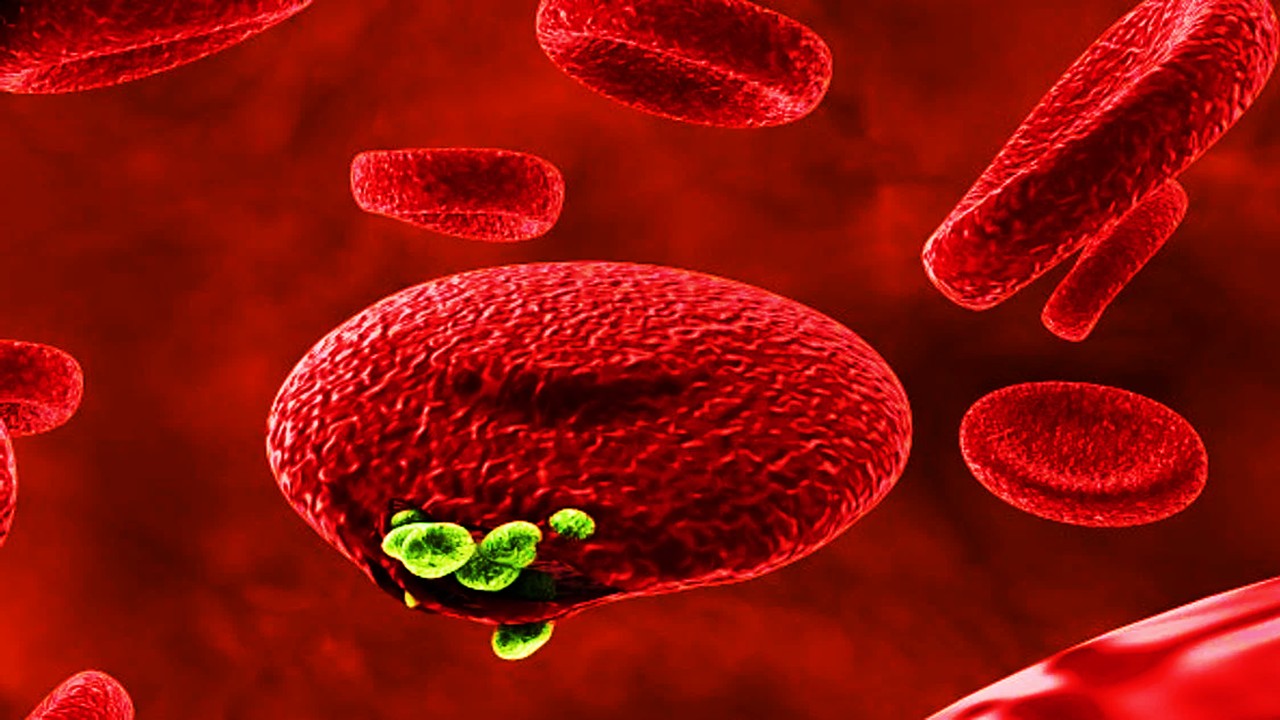
Infectious Diseases & Vaccinology
Primed by Parasites: How Malaria Exposure and Off-Target Immunity Shape RTS,S Vaccine Protection
RTS,S/AS02A leverages malaria’s immunological imprint to elicit both targeted and unexpected antibody responses, reshaping how we understand—and engineer—vaccine efficacy in exposed populations.
Read More Articles
Mini Organs, Major Breakthroughs: How Chemical Innovation and Organoids Are Transforming Drug Discovery
By merging chemical innovation with liver organoids and microfluidics, researchers are transforming drug discovery into a biologically precise, patient-informed, and toxicity-aware process.
Pathogenic Targeting 5.0: The Rise of RNA Therapeutics and Peptide-Based Drugs in Modern Medicine
Unlike traditional small-molecule drugs, which interact with proteins, RNA therapies modulate gene expression directly, enabling interventions at the root of disease.




